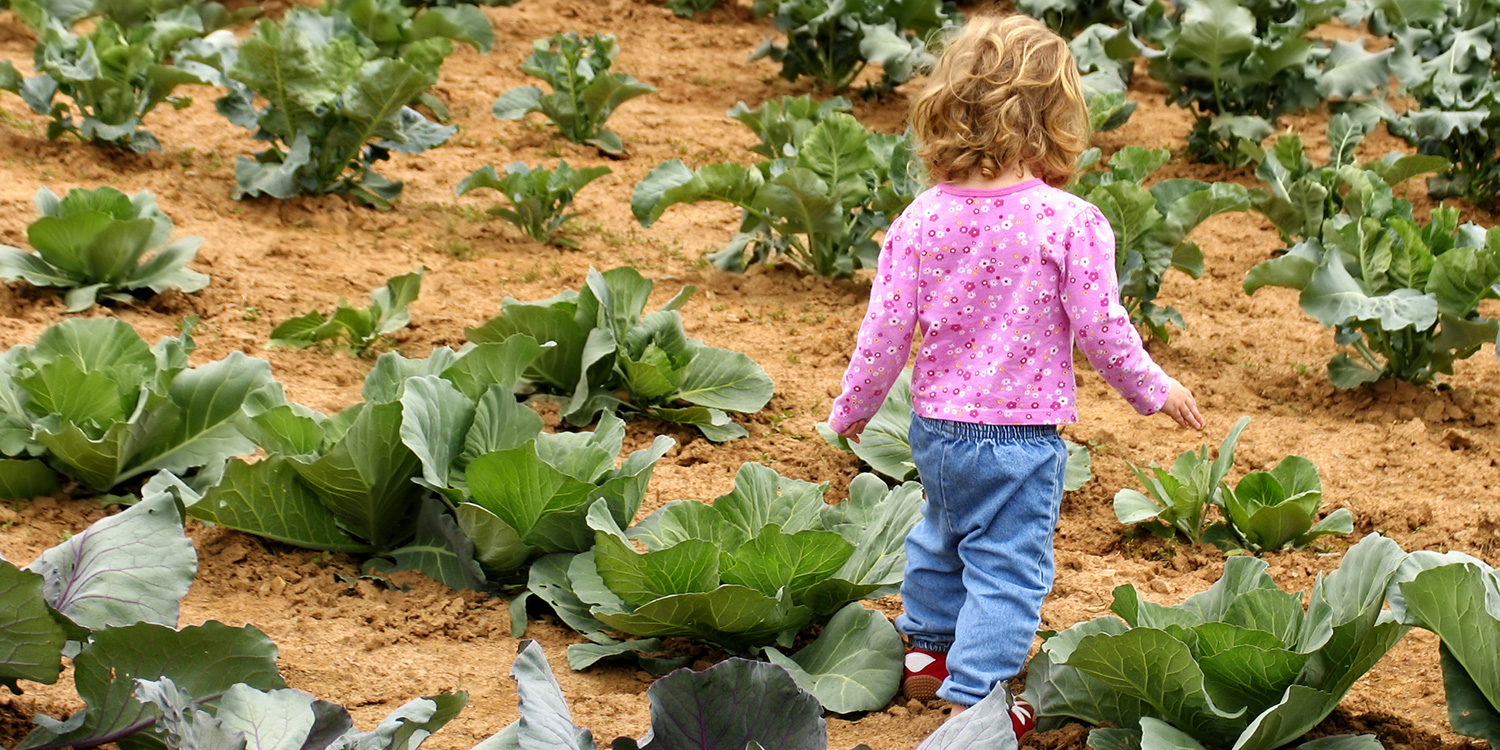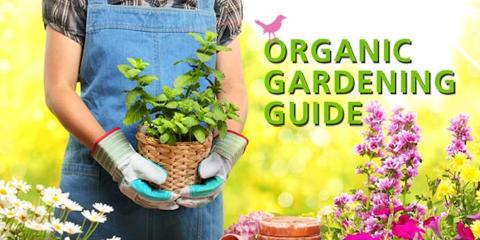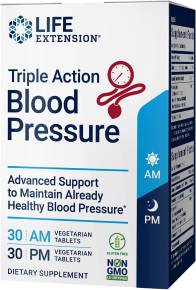Dr. Susan Rubin, a Slow Food chapter leader and also a consultant to Slow Food USA, focuses on changing our children’s relationship with food.
“My mission is to reconnect people to food and where it comes from,” she says. “I think we’re extremely disconnected. It really has to do with raising the food IQ. For me it’s no longer totally about nutrition; it’s actually about food. I jokingly say it’s about the ‘F word.’ And that, in fact, is what I do almost every day at some level.
“The main problem of children’s health is easy,” Dr. Rubin points out. “Our kids and grown-ups are eating too much packaged processed food that’s made far away. One of the things I discuss a lot in my talks is that obesity is very visible and very measurable, but it’s a symptom of a bigger problem. When treating obesity as if obesity is the only problem, we make mistakes such as Nabisco 100-calorie snack packs. That is not the answer. We need to start eating real food, and that is solved by getting kids to grow food in schools and having a really integrated curriculum where food matters.”
"We've missed the boat... at home because everybody was busy, and we’ve gotten suckered into this cult of convenience and eating on the run and eating processed packaged foods. But by reconnecting and growing more food, we will start to heal that.”
Dr. Rubin has discovered, as have numerous other school food pioneers, that involvement is the key to getting kids eating healthily. “I’d like to see a garden in every school—and not necessarily to supply the cafeteria, but as a really good teaching tool,” she says. “Just putting healthier food in the cafeteria is not a sustainable solution to this problem. By kids growing food, they fall in love with vegetables. A piece of ownership happens. Magic happens.
“Our kids and grown-ups are eating too much packaged processed food that’s made far away."
“There are so many ways to tie curriculum into that garden as well. There’s math—you can calculate yields and area and all sorts of stuff; there are various kinds of science, plenty of social studies or history, depending on what crop you’re growing, and there’s clearly art.”
Dr. Rubin also sees teaching cooking as a vital piece of the education. “I love Jamie Oliver’s idea that in order to graduate high school, you should be able to cook ten different items,” she says. “I meet so many college kids that barely know how to boil water. Knowing how to cook is a life skill that will save them thousands of dollars. I think it’s really important that kids know how to feed themselves.”
Slow Food Down in Your Family
Here are some ideas to bring the values of slow food into your home so that your children can have a deeper understanding and appreciation of food.
- Let your kids pick the menu for dinner one night a week. Give them all the control but with the following caveats: it has to be made from scratch—so, nothing frozen, jarred, canned, etc. Then have them cook it with as little grown-up help as possible.
- Give the kids cookbooks as gifts—not kids cookbooks but adult cookbooks—so they can learn about real cooking skill with a wide variety of ingredients.
- Let them pick out one vegetable at the store or farmers’ market that they have to prepare.
- Allow kids to choose and bag produce at the grocery store or farmers’ market. Explain what to look for in terms of ripeness and freshness and then let them choose.
- Coordinate a progressive dinner with other neighborhood families, where the kids coordinate a menu and prepare all the food. Example: Italian night with appetizers at one house, main course at the next, dessert at the last.
- Allow younger children to create their own baked goods: provide them with baking mix (flour with appropriate portions of baking soda and powder) and 10 or so edible ingredients, such as honey, eggs, milk, fresh berries, nuts, butter and so on. Help them get the mixture into the appropriate baking pan and into the oven.




